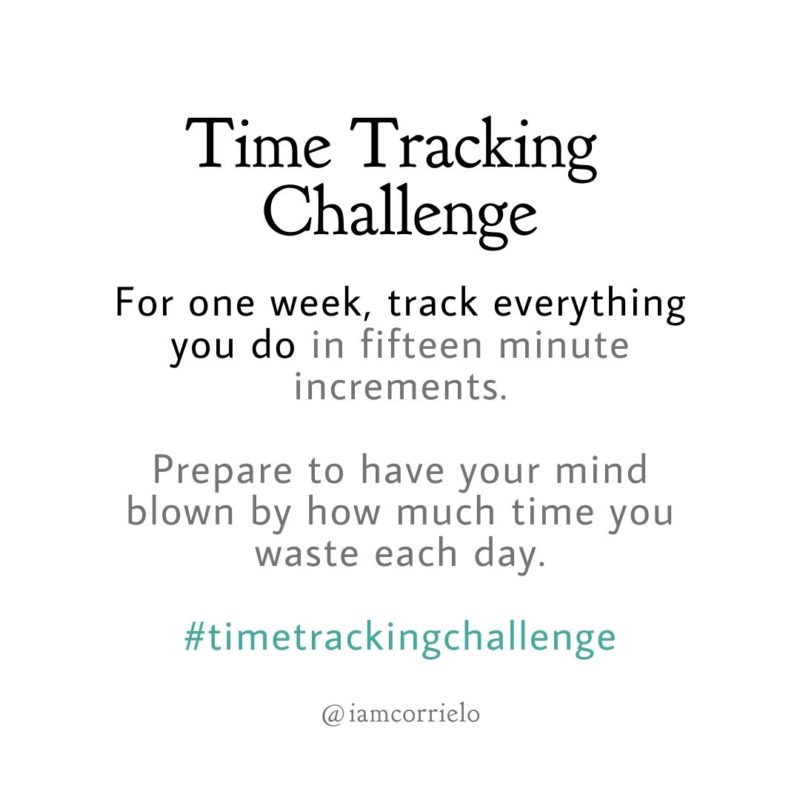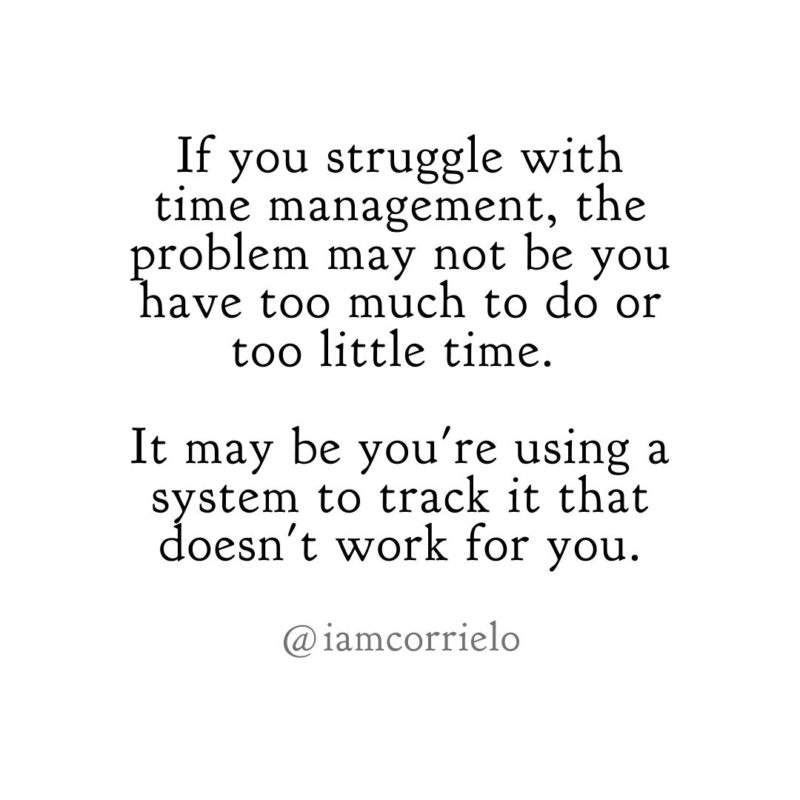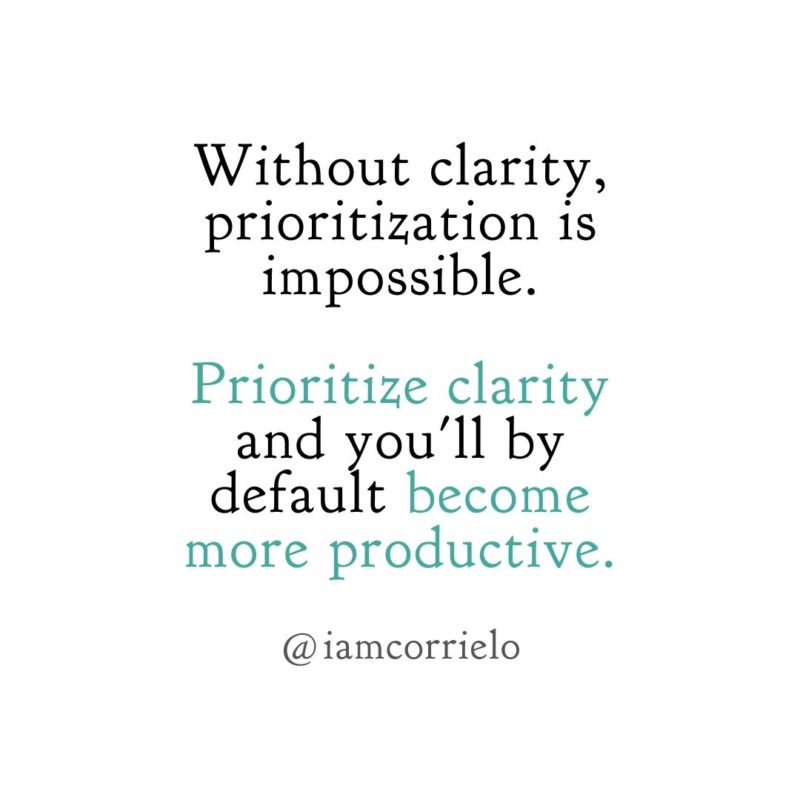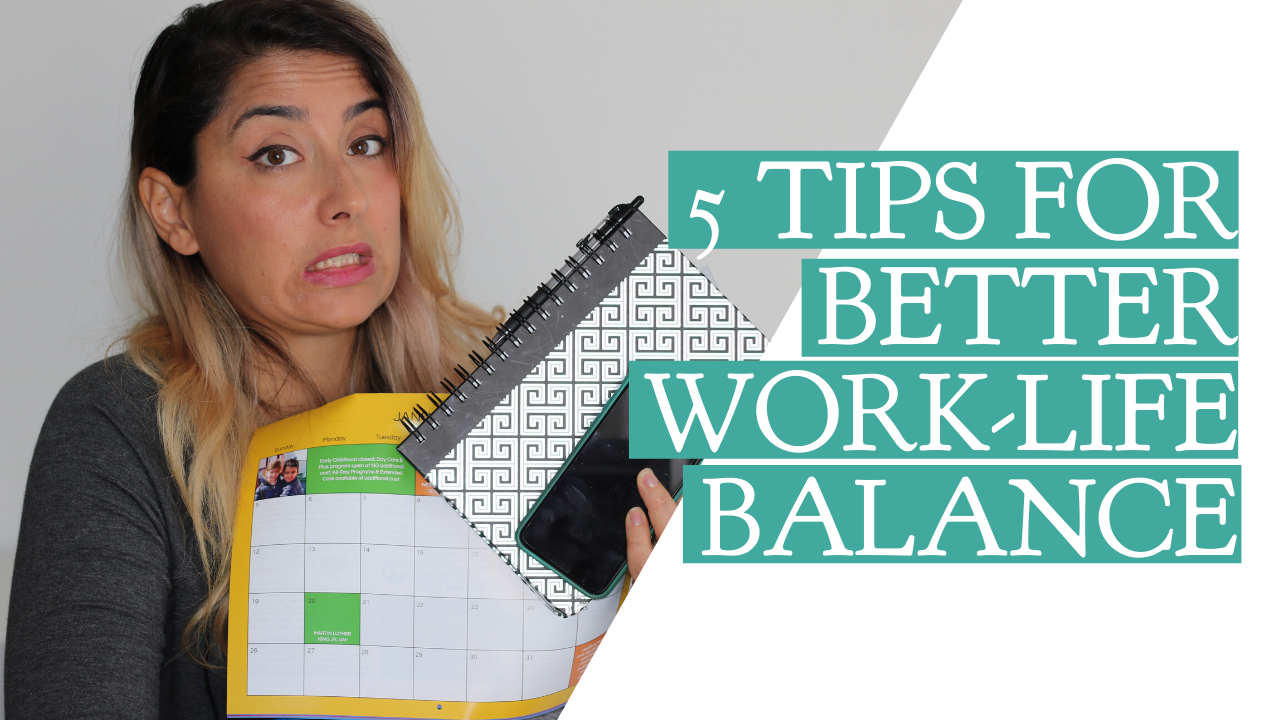Does work-life balance actually exist? That’s the million-dollar question and not one I’m going to be answering for you today, but I will be showing you how to better manage it.
By the end of today’s episode, you’ll have five high actionable strategies on how to better balance your work and your life. After putting them into play, you’ll be less stressed and have more energy that you can then reinvest into both your personal life as well as your work.
As a former senior vice president and third-generation entrepreneur, as well as a single mother, I understand exactly how important work-life balance is. Being a single mom managing both my business and my life is a challenge, but it is something that I managed to do and that’s what I’m going to show you how to do today.
Today I’m going to be covering why work-life balance is important, and that I’m going to be giving you five actionable strategies on exactly how to go about balancing it.
Why Work Life Balance is Important
First and foremost, it’s essential for your health. Your literal physical and mental health is going to suffer if you can’t find a way to balance everything out. It’s also important because it reduces your overall stress, which again, higher stress, less health. Balance also helps prevent burnout and most importantly, it leads to a better quality of life because ultimately who ought to be working all the time, not most of us.
5 Tips for Better Work Life Balance
Here are five actionable steps that you could start taking to manage your work and life balance.
Be Clear on What Your Goals Are
When you don’t have clarity on these two items, it becomes really difficult to prioritize what’s going on. You have to be clear on what those goals are in order to know what needs to be the priority today to get you a step closer to their right.
Find an Organizational System That Works for YOU
So many people feel that they need to be in a digital system, for example, that they need to use, you know, tools like Trello or Google calendar and be in the cloud and they’re not technologically savvy. And it ends up creating even more stress and anxiety regarding their time management skills. So if this is you and you just feel more comfortable using a pencil and paper, by all means just use a journal. So it doesn’t have to be super complicated. Just find an organizational system that works for you and it may require you trying these different things before you find out.
Track How You Spend Your Time
Set up a spreadsheet, grab a journal or set up a sheet of paper and track for one week, every single minute of the day. Do it in 15-minute increments. Track if you’re in the bathroom on your phone, taking a shower, sleeping, etc. Doing this for a full week, it is mind-blowing the insight you can get on how you’re spending your time.
Batch Your Tasks
And another item that I love to recommend to people that not enough people do is to batch your tasks. So by batching your tasks, you’re doing like tasks with like tasks. It becomes much easier to kind of find your groove when you’re doing that same thing repetitively over an extended period of time as opposed to needing to stop and refocus on a different task and then come back a few days later.
Work Less (If You Can)
The software company RescueTime did this study back in 2019 where they show that only two hours and 48 minutes a day by the majority of people was being spent on productive tasks. This means the rest of the time that people were spending at their computer, they were surfing the internet or reading or doing other things that weren’t necessarily called productive.
Give yourself less time to do the same amount of work, and you will be more productive.
So what do you think? Was there a strategy that I maybe didn’t list that helps you manage your work-life balance? Definitely leave a comment below. Join the conversation or tag me on Facebook, Instagram, and Tweeter. I would love to hear from you.
Watch or Listens to today’s episode below.
Watch on YouTube
Listen on Corrie Lo Radio



Show Transcription:
00:00 Does work. Life balance actually exist. That’s the million-dollar question and not one I’m going to be answering for you today, but I will be showing you how to better manage it. By the end of today’s episode, you’ll have five high actionable strategies on how to better balance your work and your life. After putting them into play, you’ll be less stressed and have more energy that you can then reinvest into both your personal life as well as your work
00:31 My name is Corrie Lo Guidance and I am a motivational strategist and speaker and I really get the work-life balance as a former senior vice president and third-generation entrepreneur, as well as being a single mother. I don’t know how many people know that, but I am a single mom managing both my business and my life is a challenge, but it is something that I managed to do and that’s what I’m going to show you how to do today. Before we go ahead and get started. If this type of motivational and self-help contents were really helped you, be sure to stop right now and hit subscribe because that way you’ll get updated the next time a new episode airs. Today I’m going to be covering why work-life balance is important and that I’m going to be giving you five actionable strategies on exactly how to go about balancing it.
01:15 So some of the reasons that work-life balance is super important. First and foremost, it’s essential for your health. Your literal physical and mental health is going to suffer if you can’t find a way to balance everything out. It’s also important because it reduces your overall stress, which again, higher stress, less health. So the two kind of go hand in hand and ultimately we all want to be less stressed out. So being able to balance our work in real life will help with managing your work in life. Balance also helps prevent burnout and most importantly, it leads to a better quality of life because ultimately who ought to be working all the time, not most of us. All right, so now we’re going to go through the five actionable steps that you could start taking to manage your work and life balance. First and foremost, be super clear on what it is you want for your ideal life as well as what your goals are.
02:09 When you don’t have clarity on these two items, it becomes really difficult to prioritize what’s going on. So when I find a lot of my clients have difficulty with is they feel like everything has to get done this week or get done today. And truth is only what I know on that list of 15 things is going to bring you closer to whatever your ultimate goals are. But you have to be clear on what those goals are in order to know what needs to be the priority today to get you a step closer to their right. So first step is being clear on what the balance is for you and I’ve got a few different tools that you can use on my website. Go on over to corrielo.com and download my wheel of life worksheet, which we’re going to go ahead and include in the show notes for this episode and that will help you determine what areas of your life you’re focusing on.
02:58 And then from there you can learn how to say no to anything else that falls outside of those priorities. Number two, and this is a big one that I notice a lot of people struggle with, it’s finding an organizational system that works for you. So many people feel that they need to be in a digital system, for example, that they need to use, you know, tools like Trello or Google calendar and be in the cloud and they’re not technologically savvy. And it ends up creating even more stress and anxiety regarding their time management skills. So if this is you and you just feel more comfortable using a pencil and paper, by all means just use a journal. So it doesn’t have to be super complicated. Just find an organizational system that works for you and it may require you trying these different things before you find out.
03:47 I know for me many, many years ago, I was looking for systems that would help me out. I initially came across a book called getting things done by David Allen, and that book really helped me transform my management system. It just worked for me. It clicked. And that was after I tried various other systems like you know Steven cubbies, you know, journals and stuff like that. But something about David Allen system just really hit a chord for me. But I had to experiment and find a few different systems to find one that works. So my other clients have had great success with bullet journaling as an example. So try out different things, use different systems, try various types of calendars, figure out what works best for you. But first, take note of whether you prefer digital versus tactile. So if you’d like tactile, you’re going to like more systems, like a physical calendar and things that you can write on where if you’re digital you could try all the different cloud systems I just mentioned.
04:41 So like I mentioned, I am hands down a digital organizer. I’d love to know what kind of systems work best for you. Definitely leave a comment below and get in on this conversation. So what do you do if you’re clear on your priorities and your goals, but you’re still stressed out. The last three tips we’re going to focus on those. And the last one may actually be surprising to you. So make sure you stick around to the very, very end of the episode to find out what one super simple solution which makes up my number three is to make an inventory of where you spend your time. So this is a strategy that I learned from Laura Vanderkam. Um, she has a book which I’ll link to you in the show notes called 168 hours, I believe that’s what the book’s called. But anyway, it’s a time management book and it was something that I had read, especially when I was stressed out because I was running a business as an SVP and I was pregnant and I didn’t know how I was going to be able to manage being in your mom as well as deal with my business.
05:38 And one of the exercises that she had described in the book really changed the way that I look at my day. And it was very, very simple. You set up a spreadsheet or you could do it on a piece of paper. In a journal, you make time for every single minute of the day. Literally every single minute you’re keeping track and for one week in 15 minutes, look at where you’re spending your time. So yes, if you’re, you know, in the bathroom on your phone, you note it down. If you’re taking a shower, you note it. If you’re sleeping, you note it. Doing this for a full week, it is mind-blowing, the insight you can get on how you’re spending your time. Back when I had initially done the exercise before I, you know, delivered my son when I was still pregnant. It was ridiculous to look at how much time I was spending on social media by knowing that that was a big-time suck right there.
06:26 I felt confident after my son arrived that if I just started to minimize that time that I would still have time to not only care for him but do everything else I was looking to do in my life. It was very, very helpful. So this strategy could help you to number four. And another item that I love to recommend to people that not enough people do is to batch your tasks. So by batching your tasks, you’re doing like tasks with like tasks. As an example, it’s Friday right now I’m recording this video to, to post and share with you guys and I’ve batched four videos that I’ve shot all in one time today. And what are the reasons that we do this is because once you’re in the flow of doing a certain task, so for example, for me it’s speaking in a camera and reading off of a script, it becomes much easier to kind of find your groove when you’re doing that same thing repetitively over an extended period of time as opposed to needing to stop and refocus on a different task and then come back a few days later
07:28 So by structuring your week cause I have like tasks happening with like tasks. It can make things so much easier. So some great examples of this would be if you have to do any kind of administrative work for your job or your career to have a paperwork day that all you’re doing is paperwork, that it’s the same type of task. Uh, when you are at home you can have one day where you’re just picking up the house and getting organized. So you do your laundry all that day, you clean the house that day. So again, it’s like tasks for life tasks, you’re batching your time all together and it makes it much easier to then fill in your priorities around that throughout the week. Another thing that helps with batch tasking is something called Pomodoro timers, which I absolutely love. So if you’ve never heard of the Pomodoro system, that’s when you set a timer for 25 minutes and you focus on that task specifically.
08:17 And then you give yourself a five-minute break after. The reason the Pomodoro technique is wonderful is for tasks that you are procrastinating on, which happens a lot when it comes to work-life balance. You’re overwhelmed because you have too many items on your plate at once and then you get stressed out that you’re not going to have enough time to take care of all of them and you don’t know what’s a priority, right? So when you do know what your priorities are, it’s much, much easier to sit down and say, okay, well today’s the day. I’m going to make my videos as an example. And then I set a timer to work on what my scripts are going to be, and I’m only going to work on those scripts. I’m not going to check email, I’m not going to get up and make myself a snack.
08:52 That’s all avoids working on for those 25. And then I give myself a five-minute break and for every, I believe it’s three Pomodoros or four, uh, that you go through that cycle, then you give yourself a longer break. So this helps structure your day, not that you’re always on nonstop, that you do have little micro breaks scheduled throughout the day to give your brain a break and it helps reduce your stress and it makes you overall more productive. So that actually brings me to number five, which is the big surprising one. And that’s to actually work less. So at a rescue time. Rescue time is great software that you can install on your computer that tells you what you are doing throughout the day on your computer, which is pretty neat. So it tracks your time and where you’re spending your time. Rescue time did this study back in 2019 where they show that only two hours and 48 minutes a day by the majority of people was being spent on productive tasks.
09:48 So that’s meaning the rest of the time that people were spending at their computer. They were surfing the internet or reading or doing other things that weren’t necessarily called productive. So that’s less than three hours a day. That’s crazy. We have, you know, in the United States it’s usually an eight-hour workday minimum. What does this tell us? If we give ourselves less time to do the same amount of work, you will be more productive. So a great example of this, this past summer I decided that I wanted to take Fridays off. I wanted to do the summer on Fridays. I’m an entrepreneur, I can make my own schedule and it really made me nervous because I wasn’t sure if I was going to be able to get all of the things that I needed to get done in between my coaching and creating contents and all the things that I do on a regular basis while they’re going to be able to get it done in four days.
10:31 And the truth was I was more successful in getting things done in my business actually increased as a result of it because of the time that I was investing in my business, I was being hyper-focused and I knew what my priorities were. So one of the great ways that you can achieve better balance is by working less and by making that time that you are working as productive as humanly possible. And it’s interesting, my own experiment over the summer actually tied into other studies that were done in other parts of the world. So for example, and New Zealand in 2018 a company did a study where they reduced their average workweek four days a week, so 32 hours, and they actually found that their employees were more productive than they were on the five day work week. So if you have some flexibility to be able to work less, take yourself up on it for sure.
11:22 If you don’t have that flexibility, it’s tried to get more work done in a shorter time frame than you usually allow yourself to do. So. So what do you think? Was there a strategy that I maybe didn’t list that helps you manage your work-life balance? Definitely leave a comment below. Join the conversation or tag me on Facebook, Instagram, and Tweeter. I would love to hear from you. Ready for even more inspirational and motivational content. Be sure to visit my website, www.corrielo.com and sign up for my email list. Every single week. You receive tips, tools, resources, and interviews designed to help you meet in life, bubble of positivity, passion, and purpose. I look forward to connecting with you there.

